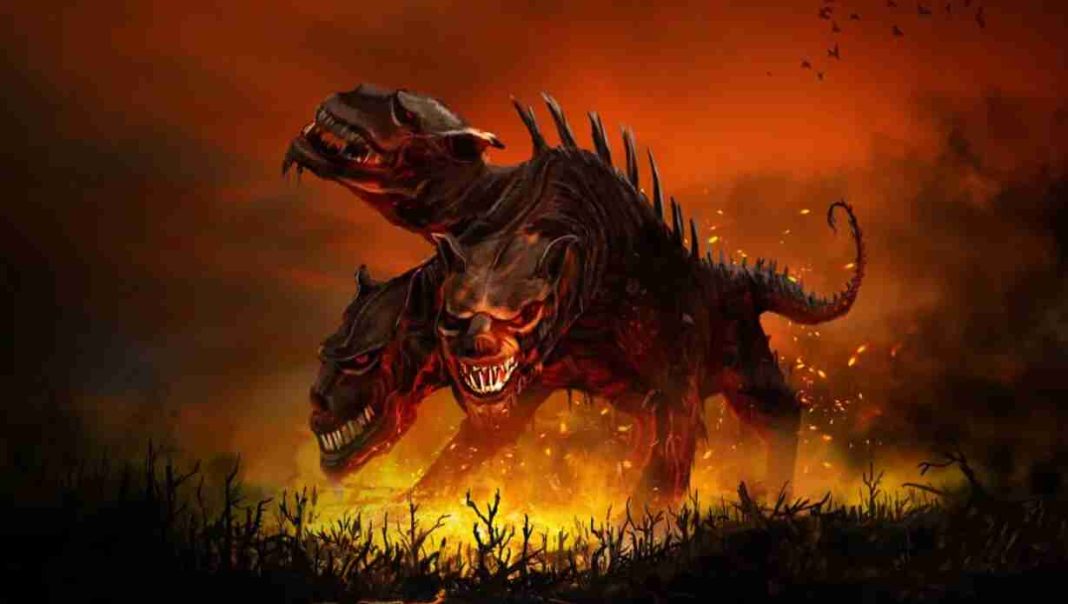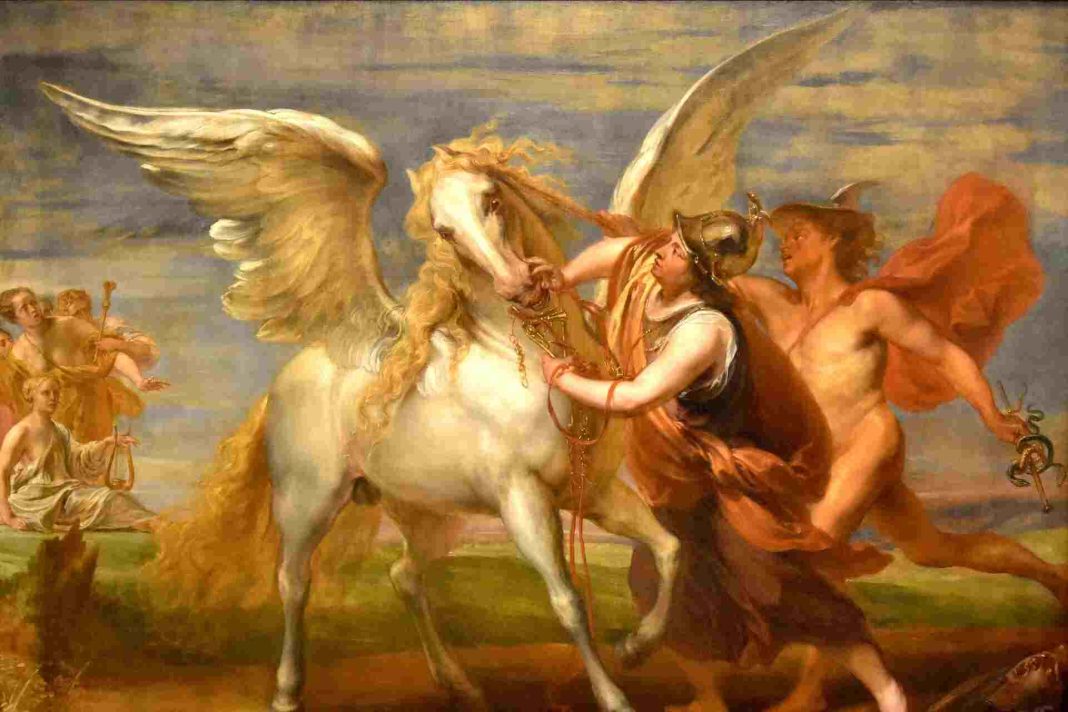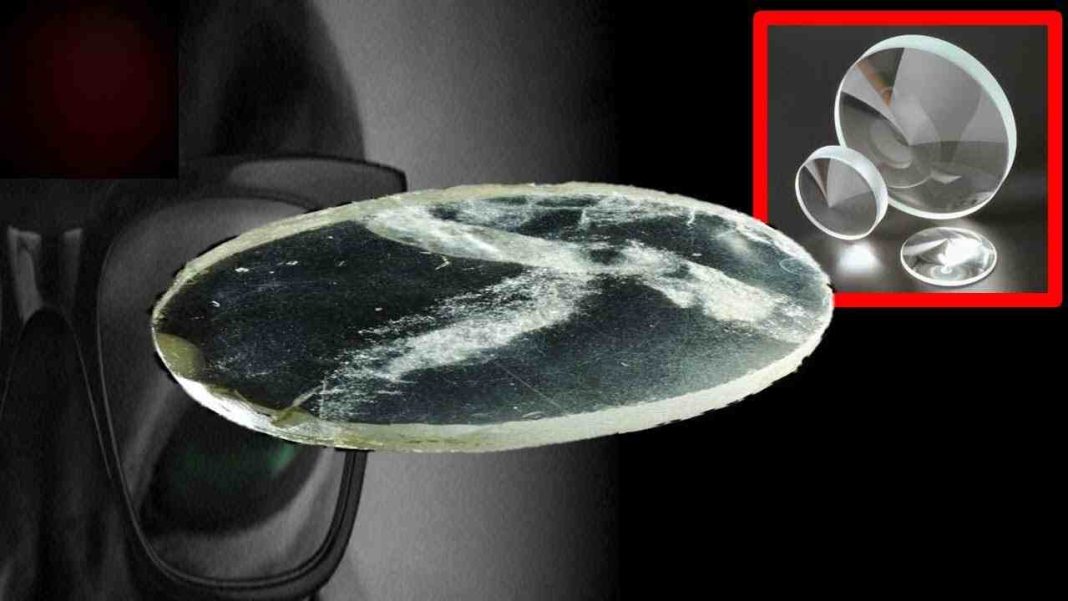Cerberus, the formidable three-headed dog, stands as one of the most iconic creatures in Greek mythology. Known for guarding the entrance to the underworld, this mythological beast has intrigued scholars and enthusiasts alike for centuries. In this article, we delve into the origins, significance, and cultural depictions of Cerberus, unraveling the layers of myth and history that surround this legendary figure.
Origins and Early Mentions
In the ancient world of Greek mythology, Cerberus emerges as a creature of formidable power and terror. Cerberus, often depicted with three fearsome heads, is first mentioned in Hesiod’s “Theogony,” a foundational text dating back to around 700 BCE. Hesiod presents Cerberus as the monstrous offspring of Typhon and Echidna, two primordial entities known for their brood of terrifying creatures.
Typhon, a giant serpentine entity, and Echidna, a half-woman, half-snake figure, were themselves symbols of chaos and destruction. From their union sprang forth many monstrous beings, but none as iconic as Cerberus. This three-headed guardian of the underworld quickly became a central figure in the Greek mythological canon.
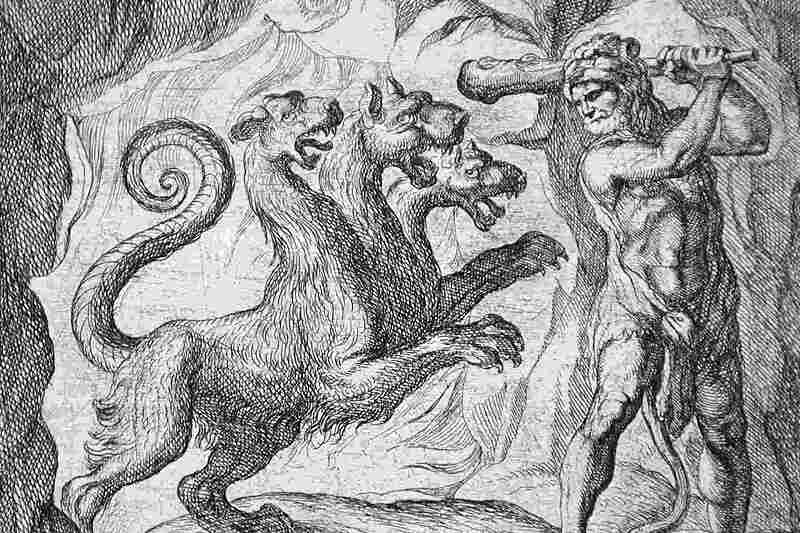
Hesiod’s description paints Cerberus not just as a mere watchdog but as an essential guardian of the underworld’s gates. His primary role was to prevent the dead from escaping and the living from entering. This duty underscored the Greek understanding of the afterlife, emphasizing a strict separation between the realms of the living and the dead.
Interestingly, some variations of Cerberus’s depiction mention as many as fifty or even a hundred heads. These accounts, while less common, highlight the mythical creature’s immense power and the fear it inspired among the ancient Greeks.
Cerberus’s lineage, alongside siblings like the multi-headed Hydra and the Chimera, further entrenches his status in Greek mythology. Each sibling, born of Typhon and Echidna, represented a different form of chaos and destruction, but Cerberus stood apart with his unique role as Hades’ loyal sentinel.
These early mentions in ancient texts lay the foundation for Cerberus’s enduring presence in myth and culture. The figure of Cerberus, with his many heads and serpentine mane, encapsulates the Greeks’ complex views on life, death, and the monstrous forces that lie at the edges of their world.
Cerberus in Greek Mythology
Cerberus, firmly rooted in the rich tapestry of Greek mythology, is most famously associated with Hades, the god of the underworld. In this dark realm, Cerberus served a vital function: guarding the gates of the underworld to ensure that the dead remained within and the living stayed out. This role, simple yet profound, made Cerberus an essential figure in maintaining the natural order.
The myth of Cerberus is intricately linked with one of Greek mythology’s greatest heroes, Heracles (Hercules). The twelfth and final labor of Heracles, as commanded by King Eurystheus, was to capture Cerberus and bring him to the mortal world. This labor was part of Heracles’ Twelve Labors, a series of episodes concerning a penance carried out by Heracles, the greatest of the Greek heroes. This task was considered nearly impossible, highlighting the terrifying power and significance of Cerberus. To accomplish this feat, Heracles first sought permission from Hades, showing the respect even a demigod had for the lord of the underworld and his fearsome guardian.
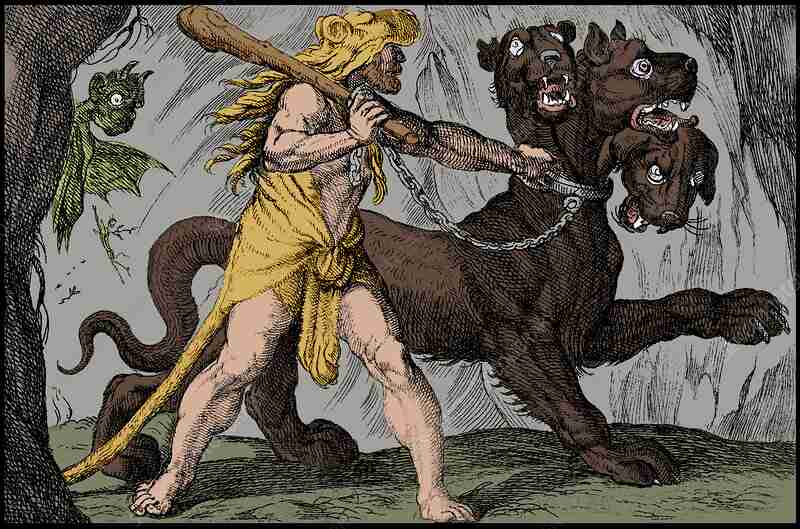
Heracles’ descent into the underworld and subsequent capture of Cerberus is a tale of strength and bravery. Unlike his other labors, which often involved killing or outwitting beasts, this task required Heracles to subdue Cerberus without harming him. Using his extraordinary strength, Heracles wrestled Cerberus into submission and brought him to the surface, completing his final labor. This story not only underscores the hero’s might but also the sheer power of Cerberus, who could only be subdued by one of the greatest heroes of Greek lore.
The role of Cerberus extends beyond mere physical guarding. He symbolizes the impenetrable barrier between the world of the living and the realm of the dead. This boundary, guarded so fiercely by Cerberus, reflects the Greek belief in the sanctity of the afterlife and the natural order of existence. Cerberus, with his three heads and serpentine tail, embodies the fear and reverence the Greeks held for death and the afterlife.
Cultural Depictions and Symbolism
The figure of Cerberus, with his three heads and serpentine tail, transcended the confines of myth and found a prominent place in Greek art and literature. Ancient Greek pottery, often adorned with intricate scenes from mythology, frequently depicted Cerberus alongside heroic figures like Heracles. These visual representations, dating back to the 6th century BCE, provide a vivid glimpse into how the Greeks envisioned this formidable guardian.
One notable example is the famous “Heracles and Cerberus” vase, housed in the Louvre Museum, which portrays the hero’s struggle with the three-headed beast. This artwork not only captures the physical attributes of Cerberus but also the dramatic tension of the myth itself. Cerberus’s snarling heads and serpentine mane are rendered in meticulous detail, emphasizing his terrifying presence.
Beyond visual art, Cerberus also featured prominently in ancient Greek literature and drama. The playwright Euripides, in his tragedy “Heracles,” dramatizes the hero’s encounter with Cerberus, adding layers of emotional and symbolic depth to the story. In these literary works, Cerberus often symbolizes the insurmountable barriers between life and death, order and chaos.
The symbolism of Cerberus extends far beyond his role as a mere guardian. In the realm of Greek mythology, each of Cerberus’s heads is thought to represent a different aspect of time: the past, present, and future. This triadic symbolism underscores the comprehensive watchfulness of Cerberus, guarding not just the physical entrance to the underworld, but the very flow of time itself.
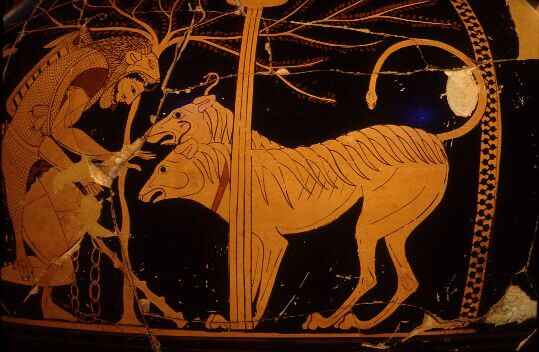
The mythology of ancient Greece is replete with fascinating creatures and stories that have captivated the human imagination for millennia. One such intriguing figure is the Sphinx from Greek mythology, a creature with the body of a lion, the wings of an eagle, and the head of a woman. Much like Cerberus, the Sphinx played a crucial role as a guardian, posing riddles to those who dared to pass by.
In modern interpretations, the image of Cerberus has evolved, yet his fundamental characteristics remain intact. He appears in various forms of popular culture, from video games like “Fortnite” to movies and literature, continuing to captivate and terrify audiences. This enduring legacy attests to the powerful impact of Cerberus on the collective imagination, symbolizing the ever-present boundaries that define human existence.
Cerberus’s journey from ancient myth to modern icon illustrates the enduring power of his image and the deep cultural resonance he holds. Through art and literature, Cerberus transcends his mythological origins, becoming a symbol of protection, time, and the eternal struggle between order and chaos.
Modern Interpretations and Legacy
In the modern era, the legend of Cerberus has transcended the boundaries of ancient myth, finding a new life in contemporary culture. This formidable guardian of the underworld appears in various forms of media, resonating with audiences far removed from his ancient origins.
One of the most prominent appearances of Cerberus in modern times is in literature and film. The Harry Potter series introduces Fluffy, a three-headed dog that closely resembles Cerberus, guarding the Philosopher’s Stone. This modern retelling brings the ancient myth into a new context, making it accessible to younger audiences while maintaining the essence of the original myth. Similarly, in video games like “Fortnite,” Cerberus appears as a powerful and intimidating creature, embodying the same fearsome characteristics that made him a legendary figure in Greek mythology.
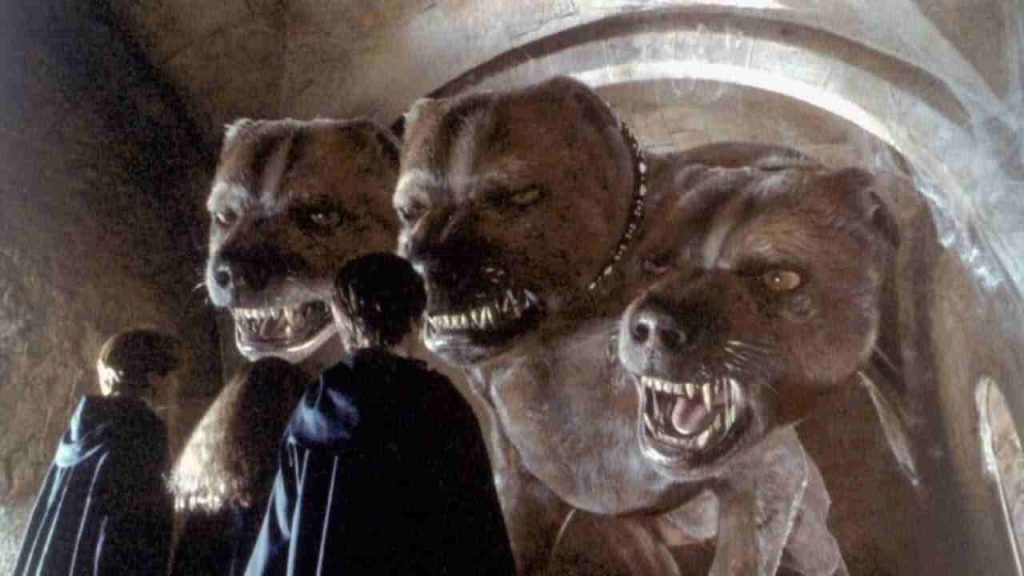
Cerberus’s image has also become a popular tattoo design, symbolizing protection, strength, and the conquering of one’s fears. This modern symbolism aligns closely with the ancient depictions of Cerberus as a guardian and a formidable obstacle to be overcome. The visual representation of Cerberus, whether in body art or popular culture, continues to evoke a sense of awe and respect.
Furthermore, Cerberus’s influence extends into academic and philosophical discussions. Scholars often use Cerberus as a metaphor for barriers and thresholds in various fields, from psychology to literature. The concept of a multi-headed guardian at the threshold of the unknown is a powerful image that resonates with the human experience of facing and overcoming significant challenges.
In the world of science fiction and fantasy, Cerberus remains a compelling figure. Authors and creators draw upon his myth to explore themes of life, death, and the boundaries of human experience. This adaptability of Cerberus’s myth speaks to its enduring relevance and the deep-seated archetypes it represents.
Through these various modern interpretations, Cerberus continues to capture the imagination of people around the world. His story, originating in the depths of ancient Greek mythology, has evolved to become a universal symbol of guardianship, strength, and the eternal struggle between order and chaos. This enduring legacy underscores the power of myth to transcend time and culture, continually finding new relevance in an ever-changing world.
Frequently Asked Questions (FAQs)
1. Who is Cerberus in Greek mythology?
Cerberus is a mythical three-headed dog who guards the gates of the underworld, preventing the dead from leaving and the living from entering.
2. What does Cerberus mean in Greek?
In Greek, Cerberus (Kerberos) means “demon of the pit,” reflecting his role as a fierce guardian of the underworld.
3. Who owns Cerberus in Greek mythology?
Cerberus is owned by Hades, the god of the underworld, and serves as his loyal guardian.
4. How tall is Cerberus in Greek mythology?
Descriptions of Cerberus’s height vary, but he is often depicted as a giant, towering over humans and other creatures.
5. How to defeat Cerberus in Greek mythology?
In mythology, Heracles (Hercules) defeated Cerberus as one of his twelve labors by subduing him with his immense strength and bringing him to the surface.
The Symbolism and Psychological Impact of Cerberus
Cerberus, the formidable guardian of the underworld, transcends his mythological origins, embodying complex psychological and symbolic meanings. In the ancient Greek worldview, Cerberus represented the boundary between the known and the unknown, life and death. This symbolism continues to resonate in modern interpretations, reflecting humanity’s perpetual struggle with these fundamental dichotomies.
In psychology, Cerberus is often invoked as a metaphor for the obstacles that guard the thresholds of our consciousness. Just as Cerberus prevents the dead from escaping the underworld, he also symbolizes the mental barriers we erect to protect ourselves from repressed thoughts and memories. The three heads of Cerberus can be seen as representing the multifaceted nature of these psychological defenses, guarding against the intrusion of past traumas, present anxieties, and future fears.
Moreover, the image of Cerberus has been used in various therapeutic contexts to help individuals visualize and confront their inner demons. By personifying their fears and anxieties as a fearsome, yet conquerable, beast, patients can begin to address and overcome the psychological barriers that impede their personal growth. This therapeutic approach underscores the enduring power of myth to facilitate understanding and healing in contemporary settings.
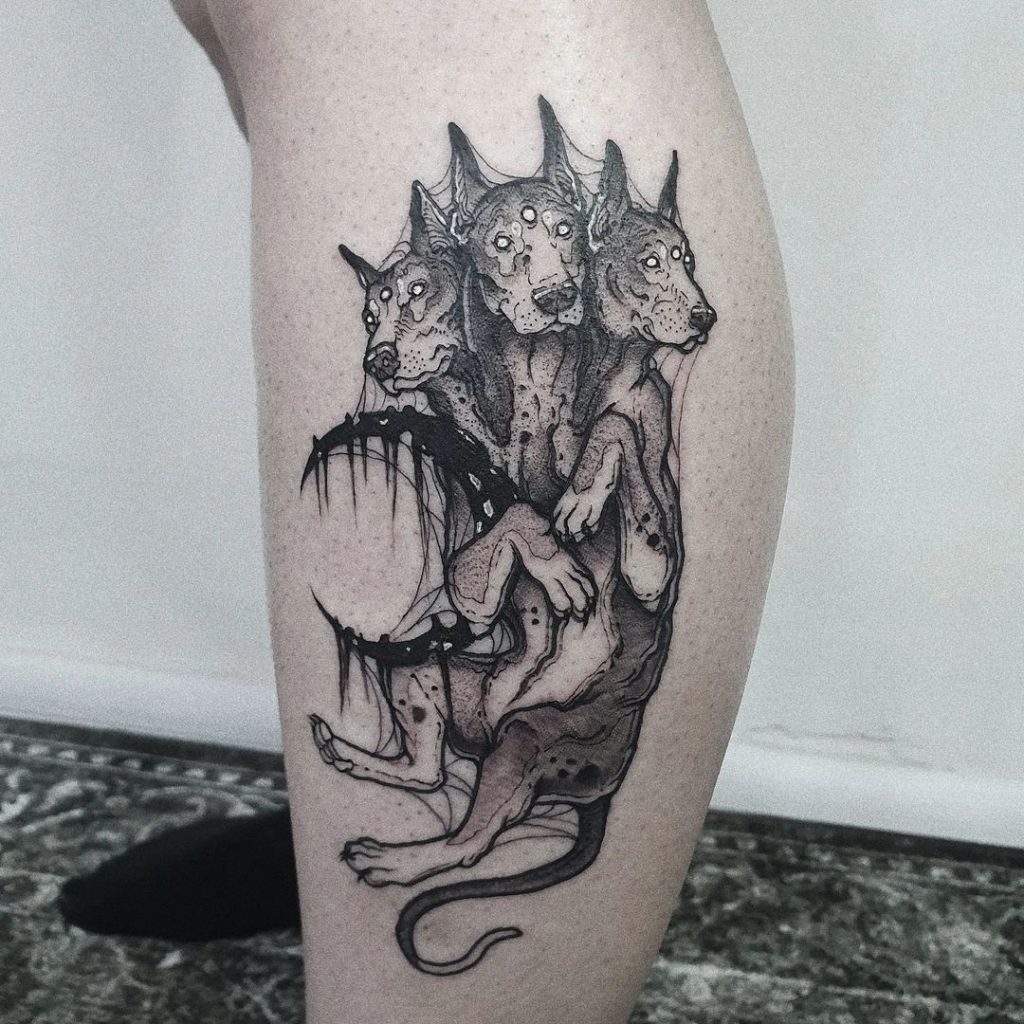
Cerberus also plays a significant role in discussions of moral and ethical boundaries. The ancient Greeks used his story to explore themes of justice, order, and the consequences of transgressing natural laws. In modern philosophical discourse, Cerberus continues to symbolize the guardians of societal norms and ethical principles. His presence at the gates of the underworld serves as a stark reminder of the importance of maintaining the balance between order and chaos, both in individual lives and in the broader social context.
In art and literature, Cerberus’s symbolism extends to represent the ultimate challenge or guardian of hidden knowledge. Writers and artists draw upon his myth to depict the trials and tribulations that must be faced to achieve enlightenment or uncover profound truths. This recurring motif emphasizes the idea that significant discoveries and personal growth often require confronting formidable obstacles.
The psychological and symbolic impact of Cerberus illustrates the profound and lasting influence of this mythological figure. His role as a guardian, both in the literal and metaphorical sense, continues to captivate and challenge us, prompting deeper reflection on the boundaries we navigate in our own lives. Through the lens of Cerberus, we gain insight into the enduring power of myth to shape and illuminate the human experience.
Use of Our Content
⚠️ Content on “Mystery Uncover” is protected under US and International Copyright Laws.
You are free to reuse, republish, and share our content by giving credit to the source as Mystery Uncover with a link to the original material on mysteryuncover.com.


